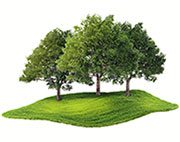Serving Passaic, Essex, and parts of Bergen, Hudson, Union and Morris Counties

Tree Disease Treatment & Prevention
Protect Your Trees with Expert Diagnosis & Care
Tree diseases can move quietly through a landscape, weakening, deforming, or killing otherwise healthy specimens. In many cases, by the time visible symptoms appear, the infection is already well established — making early detection and intervention critical.
At Trees Unlimited NJ, our Licensed, Bonded, and Insured team combines decades of field experience with advanced science-based treatments. We use state-of-the-art equipment and products from trusted suppliers, delivering precise applications that protect your trees while safeguarding the surrounding environment.
Whether your goal is to stop an active infection, prevent future outbreaks, or preserve high-value trees for generations, we provide the expertise and tools to get the job done right.
Common Tree Diseases We Diagnose & Treat
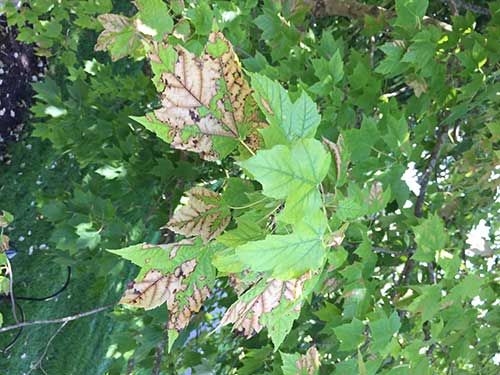
Image Courtesy of Rainbow Ecoscience
Anthracnose & Other Tree Fungal Diseases
Anthracnose refers to a group of fungal pathogens that attack leaves, shoots, flowers, and fruit. On sycamores, it can cause severe twig dieback; on dogwoods, oaks, and maples, it creates irregular dark blotches and distorted new growth.
Many anthracnose fungi overwinter in fallen debris, reinfecting trees each spring.
Our Approach: We use a combination of fungicide treatments timed to protect vulnerable new tissue, along with cultural practices like debris removal and selective pruning. For highly valuable or repeatedly infected trees, preventive treatments may be scheduled annually.
Apple Scab
Apple Scab is a fungal disease caused by Venturia inaequalis. It thrives in cool, wet spring conditions, infecting leaves, flowers, and fruit.
On crabapples and ornamental apples, symptoms appear as olive-green spots that turn dark and scabby, leading to curling, yellowing, and premature leaf drop. Repeated infections weaken trees and diminish ornamental appeal.
Our Approach: Prevention is key. We apply fungicides in early spring, timed to protect newly emerging leaves and blossoms. Strategic pruning is done to increase airflow and to remove infected areas. This helps break the fungal life cycle and reduces the need for repeated chemical applications.
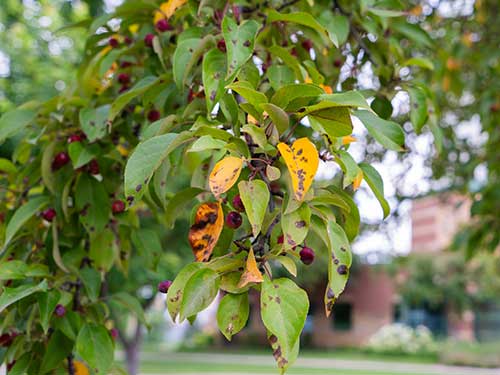
Image Courtesy of Rainbow Ecoscience

Image Courtesy of Rainbow Ecoscience
Bacterial Leaf Scorch
Bacterial Leaf Scorch (BLS), caused by Xylella fastidiosa, is a systemic disease that clogs the water-conducting vessels inside the tree. This disrupts hydration and nutrient movement, causing leaf edges to turn brown and curl while the inner leaf tissue remains green.
Over time, canopy thinning, branch dieback, and premature leaf drop occur. Oaks, maples, sycamores, elms, and sweetgums are particularly vulnerable.
Our Approach: While there is no cure, our treatments focus on slowing disease progression through targeted nutrient injections, moisture management, and canopy care. By reducing environmental stress and enhancing tree vitality, we can extend the life and aesthetic value of affected specimens.
Beech Leaf Disease
A relatively new and highly destructive threat, Beech Leaf Disease (BLD) is linked to microscopic nematodes (Litylenchus crenatae mccannii) that feed on leaf tissue.
Early symptoms include dark bands between the veins, thickened leaves, and reduced canopy density. Severe infestations can cause branch dieback and eventual tree death. Both American and European beeches are at risk.
Our Approach: Because BLD can progress quickly, we implement rapid-response treatments that include systemic soil drenches, targeted foliar sprays, and cultural care to improve tree resilience. Regular monitoring allows us to adjust treatments as the disease develops.
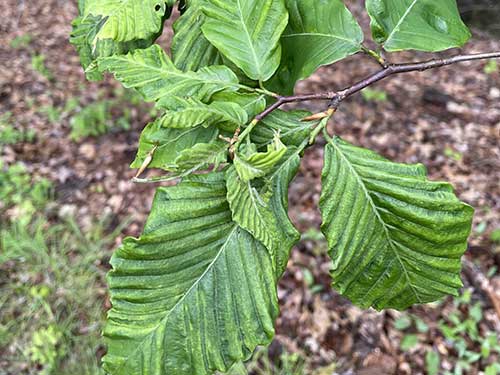
Image Courtesy of Rainbow Ecoscience

Image Courtesy of Rainbow Ecoscience
Hemlock Woolly Adelgid
Technically an insect rather than a disease, the Hemlock Woolly Adelgid (HWA) causes significant decline in Eastern Hemlocks. This sap-feeding pest attaches to the base of needles, siphoning off stored nutrients and causing needle drop, branch dieback, and tree death if left untreated.
The white, cottony masses visible in late winter are egg sacs, indicating active infestation.
Our Approach: We use systemic insecticides that move through the tree’s vascular system to eliminate adelgids at all life stages. Treatments are timed to disrupt reproductive cycles, providing multi-year protection. In sensitive areas, horticultural oils are applied for effective control with minimal environmental impact.
Rhizosphaera Needle Cast
Rhizosphaera Needle Cast is a fungal infection affecting spruce trees, especially the Colorado blue spruce. It enters through the stomata (tiny pores) on needles, causing them to turn yellow and then purplish to reddish brown before falling off.
The disease usually starts on lower branches and works its way upward, resulting in a thin, bare lower trunk as needles drop off. Wet, humid springs create ideal conditions for Rhizosphaera Needle Cast to spread.
Our Approach: Fungicide applications during spring and early summer protect new growth while sanitation removes infected needles. We also recommend strategic pruning and site management to improve sunlight penetration, air circulation and reduce the spread.
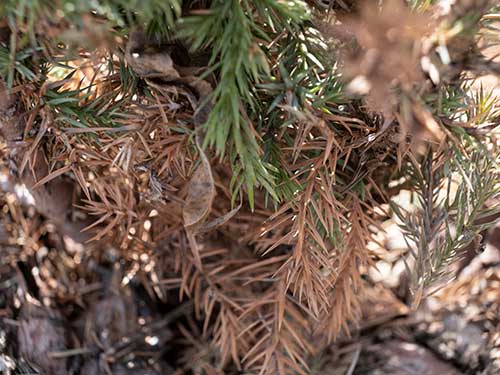
State-of-the-Art Tree Care Technology
Trees Unlimited NJ invests in precision application equipment and professional-grade treatment products to ensure treatments are delivered accurately, at the correct dosage, and at the optimal time for maximum effectiveness.
By pairing technology with deep arboricultural expertise, we provide unmatched disease protection for trees throughout North Jersey.
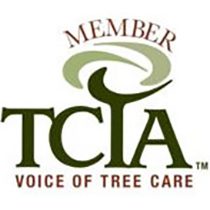

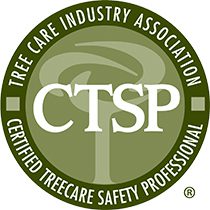
Why Choose Trees Unlimited NJ for Tree Disease Care?
- Certified Expertise: Licensed & certified arborists trained in advanced plant health care
- Early Detection Saves Trees: We identify subtle symptoms before major damage occurs
- Custom Treatment Plans: Solutions tailored to your tree species, site conditions, and disease severity
- Regulatory Compliance: All work meets or exceeds NJ pesticide regulations and environmental safety standards
- Certified Expertise: Licensed & certified arborists trained in advanced plant health care
- Early Detection Saves Trees: We identify subtle symptoms before major damage occurs
- Custom Treatment Plans: Solutions tailored to your tree species, site conditions, and disease severity
- Regulatory Compliance: All work meets or exceeds NJ pesticide regulations and environmental safety standards
If you suspect your tree is sick, time is critical.
Call 973-628-8733 or [Schedule a Disease Evaluation] today. Our certified experts will diagnose the issue and develop a customized treatment plan to protect your landscape.
Frequently Asked Questions
Common signs include yellowing leaves, dead branches, peeling bark, or fungus growth around the trunk. If you notice these symptoms, it’s best to have a certified arborist inspect your tree early to prevent the disease from spreading.
Tree diseases often occur due to fungal infections, poor soil conditions, pest infestations, or weather stress. Regular tree inspections and proper maintenance can significantly reduce these risks.
Many tree diseases can be treated if detected early. Our team uses targeted treatments like fungicides, pruning, and soil health improvement to restore tree health. Tree removal is only recommended when the damage is beyond recovery.
It’s recommended to schedule an annual inspection, especially during spring and fall. Preventive care helps identify potential problems before they become serious.
Trees Unlimited NJ provides expert diagnosis and customized treatment plans to protect your trees year-round. Our certified professionals focus on long-term tree health, safety, and sustainability.

